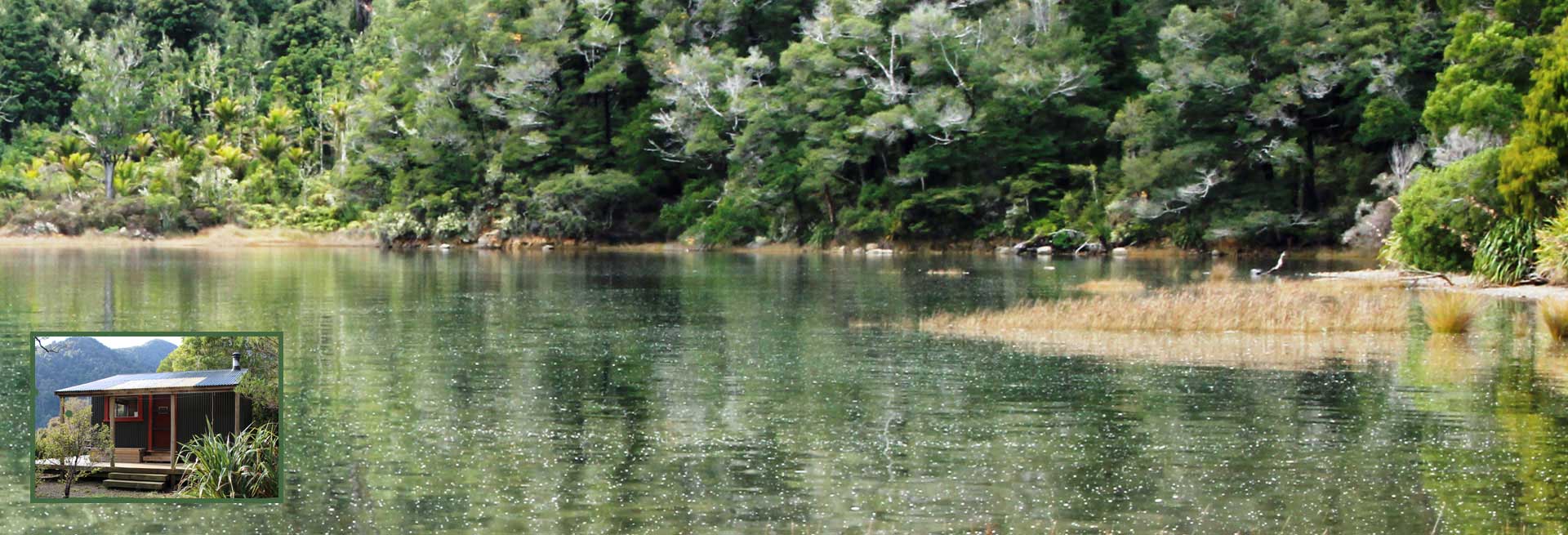HISTORY
The Sounds were first settled by early Maori who named this sound Te Hoiere, “A long paddle”, after the waka in which they travelled here. Maori presence in Matai Bay is evidenced by the remains of dwelling pits on the surrounding hillside.
The first Europeans to visit the area were Abel Tasman, James Cook, and Jules Dumont D’Urville, who all visited nearby Admiralty Bay in their voyages of exploration.
Pelorus Sound’s European name was given by Lieutenant Chetwode who, accompanied by local whaler John Guard as pilot, explored the sound in 1838 in HMS Pelorus.
With European settlement came the need for tracks and paths to link the various settlements and farms. Stock was initially driven along an exceedingly rough beach track in the area, and in the late 1800’s the Land Department began work to extend the Opouri bridle track in Harvey Bay past Matai Bay to Cregoe Point and Brightlands Bay.
Matai Bay is also known as Godsiff Bay after George and David Godsiff who were contracted in the early 1900’s to mill railway sleepers. They camped in tents in Matai Bay for over two years, felling the best trees which were milled and shipped to Lyttelton.
The original Matai Hut was built in 1968 by the local Reserves Board to be used as a base for hunters to cull deer and possums which were feared to be destroying the native bush.
The hut was also used by the Department of Conservation as a base for workers conducting pest control and predator eradication on the nearby islands. In 2012 DOC planned to relocate the hut to serve as the warden’s accommodation at the Nydia Bay Lodge, but an enthusiastic local group negotiated with DOC to retain the hut in its present location.



